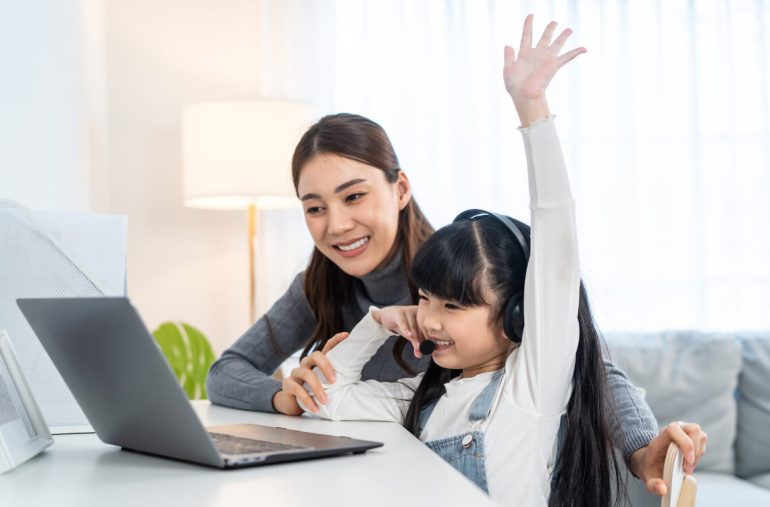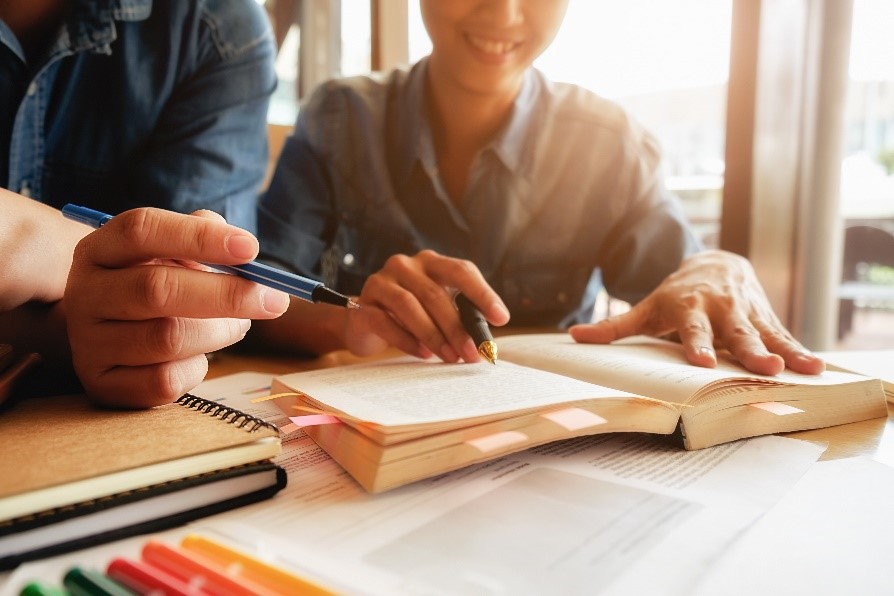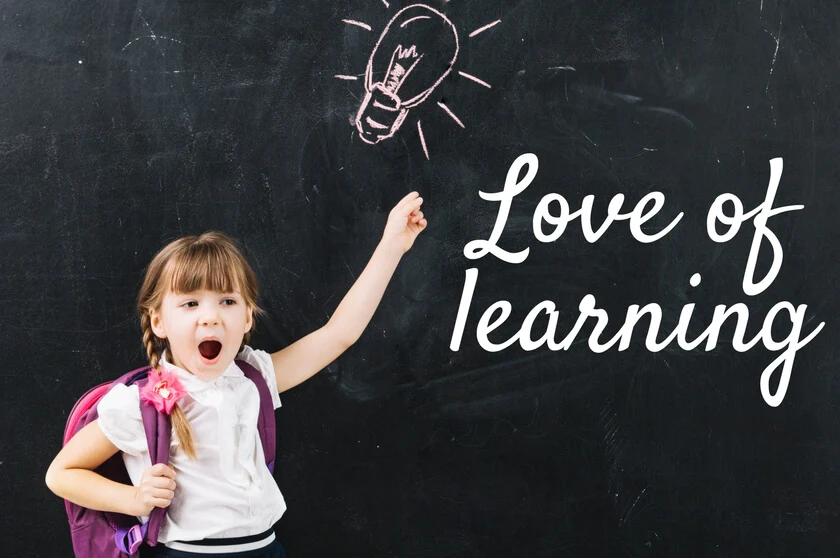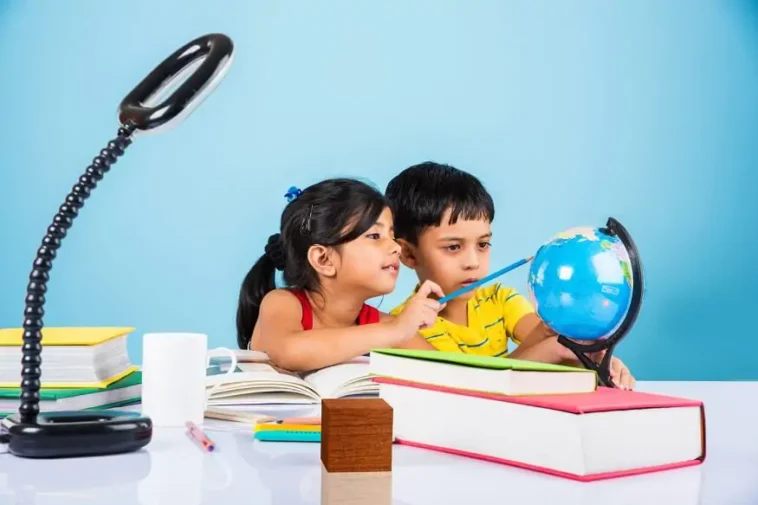Every child is unique, not just in their personality, but also in how they absorb and process information. Just as we have preferences in food, hobbies, and music, children have preferences in the ways they learn best. Some might find it easier to understand information through visuals, while others might prefer to listen or engage physically. Recognizing and tailoring educational strategies to these preferences can drastically enhance a child’s learning experience and academic performance.
In this comprehensive guide, we will explore various learning styles and provide effective strategies, along with our exceptional maths online course, to ensure your child’s success in education.
Thesis Statement
Understanding and adapting to your child’s specific learning style is essential for their academic success. This guide will delve into different learning styles, including visual, auditory, and kinesthetic, and offer valuable strategies for parents and educators.
Understanding Learning Styles and their Importance
- What Are Learning Styles?: We’ll define learning styles and explain why they matter in the education process.
- The Impact of Learning Styles: Explore how a mismatch between teaching methods and learning styles can hinder a child’s progress.
Visual Learners and Effective Teaching Strategies

- Characteristics of Visual Learners: Learn to identify visual learners and understand their unique traits.
- Teaching Techniques: Discover visual aids, mind mapping, and other strategies to engage and empower visual learners.
Auditory Learners and Engagement Techniques
- Identifying Auditory Learners: Recognize the characteristics of auditory learners and how they absorb information.
- Effective Teaching Approaches: Explore methods like lectures, discussions, and audiobooks to provide auditory support for learning maths and other subjects.
Kinesthetic Learners and Hands-On Approaches
- Kinesthetic Learning Traits: Learn about kinesthetic learners and their preference for hands-on experiences.
- Hands-On Learning: Explore practical examples, experiments, and interactive activities to cater to kinesthetic learners’ needs.
Adapting Teaching Methods to Match Learning Styles
- The Challenges of Mismatch: Understand the challenges that arise when teaching methods don’t align with a child’s learning style.
- Solutions and Adaptation: Discover how to adapt teaching approaches to accommodate different learning styles, fostering a more inclusive learning environment.
The Benefits of Collaborative Learning
- Collaborative Learning Defined: Explore the concept of collaborative learning and its advantages in enhancing students’ understanding.
- Examples and Implementation: Learn how to encourage collaboration, teamwork, and peer learning to benefit all learning styles.
The Role of Technology in Enhancing Learning Styles

Digital Tools for Visual Learners: In the digital age, there are countless tools and resources available for visual learners. Interactive presentations, educational apps, and platforms like Khan Academy or YouTube offer a plethora of video tutorials, animations, and graphical explanations that can be immensely helpful for visual learners. These tools can supplement traditional teaching techniques and offer children a way to visualize complex concepts, making them easier to understand and remember.
Podcasts and Audiobooks for Auditory Learners: Auditory learners can greatly benefit from technological resources such as podcasts and audiobooks. There are numerous educational podcasts covering a wide range of subjects. Websites like Audible or Librivox provide extensive collections of audiobooks, including academic content. By integrating these resources into their study routines, auditory learners can reinforce their understanding and make learning more enjoyable.
Virtual Reality (VR) and Augmented Reality (AR) for Kinesthetic Learners: One of the most groundbreaking technological advancements for kinesthetic learners is the emergence of VR and AR in education. These tools allow learners to virtually engage with the subject matter, be it through exploring a virtual mathematical world or conducting virtual science experiments. Schools and parents can incorporate VR and AR tools to provide a more immersive, hands-on learning experience for kinesthetic learners.
Embracing Diverse Learning Environments
Outdoor Learning: Stepping outside the traditional classroom can offer numerous benefits for all types of learners. Nature excursions, botanical garden visits, or even simple outdoor math games can offer a multi-sensory learning experience. For visual learners, the colors and sights of the outdoors can act as memory aids; for auditory learners, the sounds of nature can enhance concentration, while kinesthetic learners benefit from the physical movement and hands-on activities.
Interactive Workshops: Workshops can be tailored to suit various learning styles. Art workshops, for example, can be a boon for visual learners, while music or drama workshops can cater to both auditory and kinesthetic learners. Workshops also promote peer interaction, helping children learn from each other’s strengths and experiences.
The Role of Parents in Recognizing and Nurturing Learning Styles
Active Observation: Parents play a pivotal role in identifying their child’s learning style. Observing a child’s natural inclinations – do they enjoy drawing, do they remember songs easily, or do they love building things – can give parents valuable insights into their child’s preferred learning mode.
Creating a Tailored Learning Environment at Home: Once the learning style is identified, parents can set up a home environment conducive to their child’s learning. For visual learners, having a whiteboard or visual aids can help; for auditory learners, background classical music or regular reading sessions can be beneficial, and for kinesthetic learners, having space to move around and tactile learning tools can be advantageous.
Regular Communication with Educators: Open dialogue with teachers can be invaluable. Teachers can provide feedback on a child’s performance and suggest specific strategies tailored to their learning style. Parents and teachers collaborating ensures that a child’s unique learning needs are met both at school and at home.
Incorporating Multiple Learning Styles for Holistic Development

While children may have a dominant learning style, it’s essential to expose them to a mix of visual, auditory, and kinesthetic learning experiences. This not only helps in strengthening their primary mode of learning but also develops versatility and adaptability, skills crucial for lifelong learning and success in the dynamic world.
Developing Self-Advocacy Skills:
- Role-playing: Use role-playing exercises to help children practice expressing their learning needs. This can prepare them for real-world situations in the classroom or group learning settings.
- Open Communication Channels: Foster an environment where children feel comfortable communicating their needs. This can be achieved by creating a supportive classroom culture or by having regular check-ins at home.
- Empowerment Through Knowledge: Equip children with information about different learning styles. When they understand the science and rationale behind their preferences, they can better explain their needs to others.
Final Words
The journey of education is as unique as each child. By understanding and embracing various learning styles, we can pave the way for more personalized, effective, and enjoyable learning experiences. With the right tools, strategies, and support, every child has the potential to shine academically.




